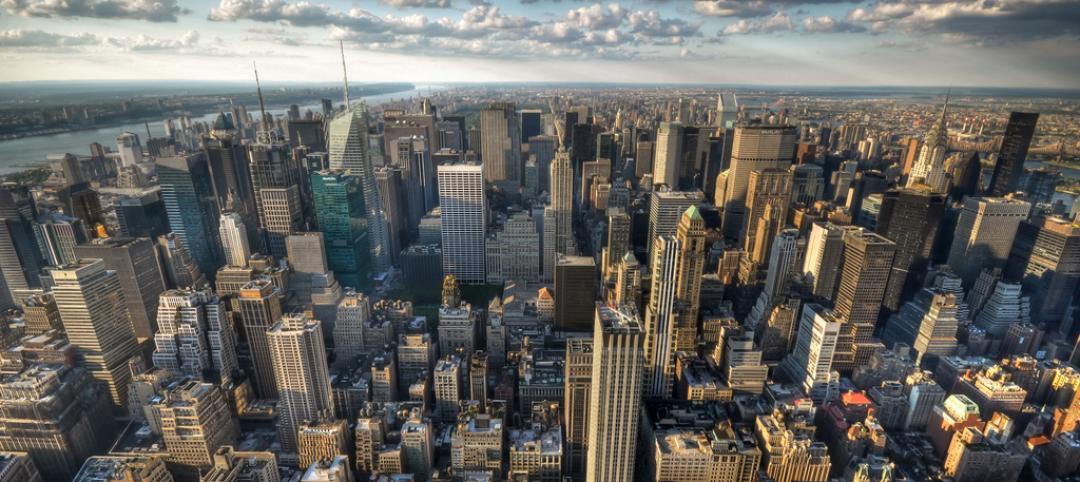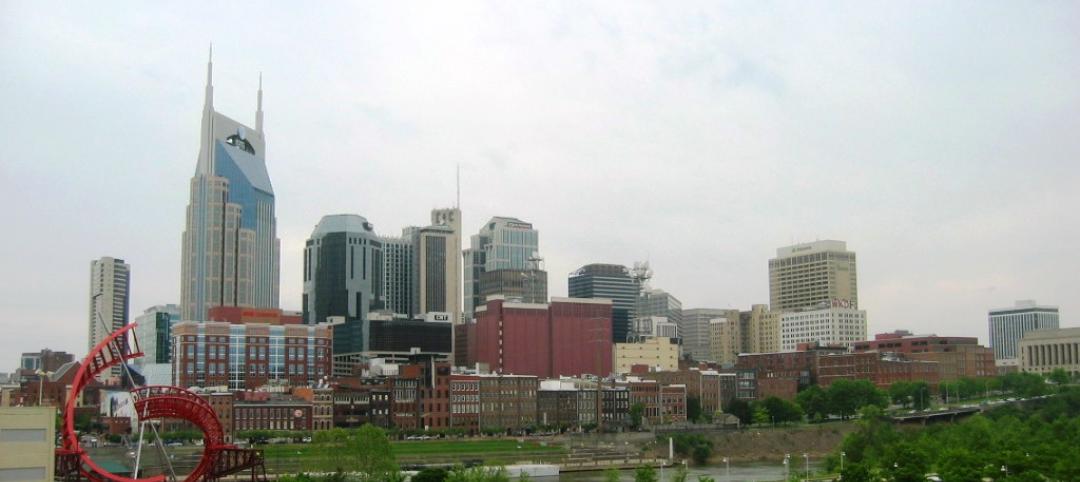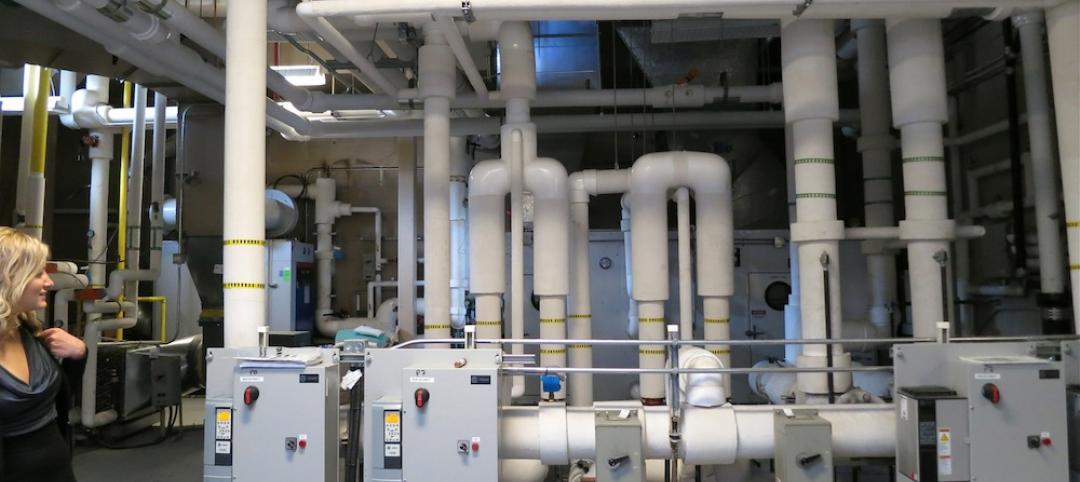In November 2021, New York City enacted Local Law 126 of 2021, which is well-known in the building industry for establishing new requirements for periodic parking garage inspections. At the same time, the legislation added a section to the NYC Administrative Code mandating periodic observation of building parapets.
To allow owners time to prepare, the City set the start date for the new parapet observations for January 1, 2024.
What is required?
All buildings in New York City with parapets facing a street, sidewalk, or other public right-of-way must undergo a professional parapet observation every year.
Unlike the Facade Inspection Safety Program (FISP), which excludes buildings under six stories, the parapet rule applies to all buildings, regardless of height, with the exception of detached single- or two-family homes. While FISP inspections are conducted on a five-year cycle, and parking garage inspections are required at least every six years, the newly mandated parapet observation must be done annually.
The good news: owners do not need to file the observation report with the Department of Buildings (DOB). Whereas facade and garage inspection reports follow prescriptive formats and must be electronically submitted, parapet reports need only be kept on file by the building owner. Archives of at least six years of parapet reports must be made available should the DOB request them.
What happens if there is a hazardous condition?
Immediately upon observing an unsafe condition, the professional performing the observation is required to notify the DOB. The building owner must promptly install public protection, such as sidewalk sheds, fences, and/or safety netting, which must remain in place until the problem is remedied. Unsafe conditions must be corrected within 90 days.
What is included in the observation report?
In contrast to the FISP and parking garage laws, the new parapet rule is not prescriptive as to report sections and format. However, the report does need to include:
- Basic building information, including address and owner contact details;
- Name and contact details for the professional performing the observation;
- Date of the observation;
- Location plan and construction information for the parapets, including material, height, and thickness;
- Description of general conditions;
- Unsafe conditions and actions taken to remedy them;
- Repairs since the previous report; and
- Dated photos documenting conditions.
Rather than filing the report with the DOB, the owner retains parapet observation reports for at least six years and must be prepared to furnish them to the DOB upon request.
What steps should owners take now?
With the requirements set to begin on the first of the year, owners have just a few months to plan. If a mandated FISP inspection is scheduled for 2024, adding a separate parapet observation report to that program may be a cost-effective strategy. Similarly, parapet observation can be incorporated into other planned exterior work, such as roof rehabilitation or facade cleaning.
A design professional can offer guidance on the simplest and most budget-conscious way to meet the new annual parapet requirements as part of existing maintenance and repair programs.
Resources
RCNY §103-15: Periodic Observation of Building Parapets
Local Law 126 of 2021 – see §28-301.1.1, p. 168
“Design Guide for Parapets: Safety, Continuity, and the Building Code,” Hoffmann Architects + Engineers JOURNAL
Hoffmann Architects + Engineers specializes in the rehabilitation of building exteriors.
Our design professionals have worked with hundreds of New York City building owners to meet inspection and repair requirements since the first facade law in 1980. We provide up-to-date guidance to help owners comply with the code and safely maintain their properties. Reach us at 212-789-9915 or hoffarch.com/contact.
Related Stories
Codes and Standards | Jul 31, 2015
2015 gypsum fire resistance design manual released
The 2015 edition contains nearly 100 new systems that supplement existing assemblies for walls and partitions, floor-ceiling systems, area separation walls, and many others.
Codes and Standards | Jul 27, 2015
New York City changing zoning rules to reduce shadows cast by high rises
For decades, the New York City’s zoning rules have made it hard to construct high-rise buildings that seem airy and minimize the shadows they cast. The city planning department is now working to change that.
Codes and Standards | Jul 27, 2015
ICC, ASHRAE outline roles to consolidate IgCC and 189.1
"IgCC Powered by 189.1” will provide the design and construction industry with “the single, most-effective way to deliver sustainable, resilient, high-performance buildings," according to the trade groups behind the agreement.
Codes and Standards | Jul 27, 2015
Tennessee county considers local worker requirement on construction projects
A proposed amendment to the charter governing Nashville and Davidson County would mandate that 40% of work hours on city- or county-funded construction jobs costing at least $100,000 be completed by residents.
Codes and Standards | Jul 27, 2015
New guide for installation of mineral fiber pipe insulation on chilled water systems
Developed for professional insulation contractors, the 36-page guide recommends methods for insulating chilled water piping systems using a vapor-sealed mineral fiber pipe insulation.
Green | Jul 23, 2015
NASA: U.S. headed for worst droughts in a millennium
Data from NASA shows carbon emissions could be the driving force behind devastating water shortages and record droughts in the western U.S.
Multifamily Housing | Jul 16, 2015
Minneapolis relaxes parking requirements on new multifamily buildings
The city cut the number of spots required for large developments by half. It also will accept plans with no parking spaces in certain cases.
Codes and Standards | Jul 16, 2015
Berkeley, Calif., adopts balcony inspection program following deadly collapse
Apartment building balconies will be subject to inspections every three years under new regulations adopted following a deadly collapse.
Codes and Standards | Jul 16, 2015
Oregon to spend $300 million for seismic updates on public buildings
A survey found that more than 1,000 Oregon school buildings face a high risk of collapse during earthquakes.
Smart Buildings | Jul 12, 2015
Office of Management and Budget asks agencies to consider climate change when budgeting for construction projects
For the first time, the U.S. Office of Management and Budget is asking agencies to submit budget plans that consider the effects of climate change on construction and maintenance of federal facilities.
















